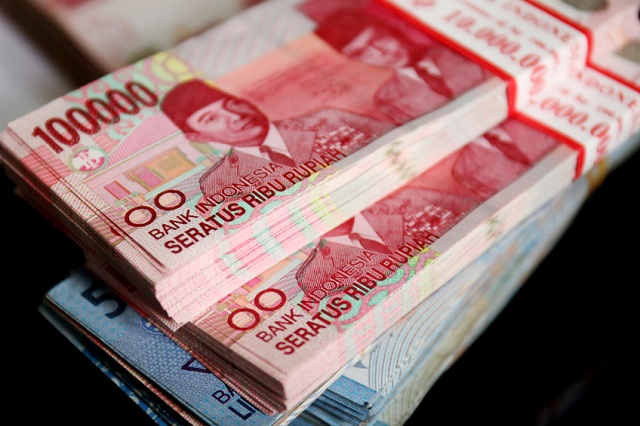Memories such as the Taper Tantrum and the aftermath of the US elections, when investors left EMD in droves resulting in sharp price falls, are still vivid. And something similar can of course occur again.
A more aggressive Fed could be such a catalyst. Such a scenario would obviously be bad for EM rates, but local rates may still outperform, thinks Lad.
“Many EM central banks are cutting rates or at least keeping them stable,” he says. That could provide some compensation for the monetary headwinds coming in from the West. A combination of a depreciating currency and capital outflows, with QE money flowing back to the US and Europe as monetary policy is tightened there, could quickly force EM central bankers to change course though.
Equity preference
Investors may find the risk-reward in emerging market debt compelling compared to the unappealing outlook for developed market fixed income. But that’s not necessarily the only trade-off investors make.
“We favour equities to bonds,” says Luis Alvarenga, portfolio manager at BPI Gestão de Activos in Lisbon. “We don’t tend to buy bonds to chase yield, and see no particular value in emerging market debt. We prefer to take risks in equities,” he says.
That doesn’t mean Alvarenga believes another Taper Tantrum-like event is to shake emerging market debt imminently. “Don’t get me wrong. I have no particularly bad opinion about EMD and I think it will do well next year too, but the risk I can take in my portfolio is not infinite,” he explains. “I prefer to allocate my risk budget to equities.”
“For a euro investor, investing in USD-bonds adds another layer of complexity, and hedging costs are high. The investment case is not as clear-cut.”








